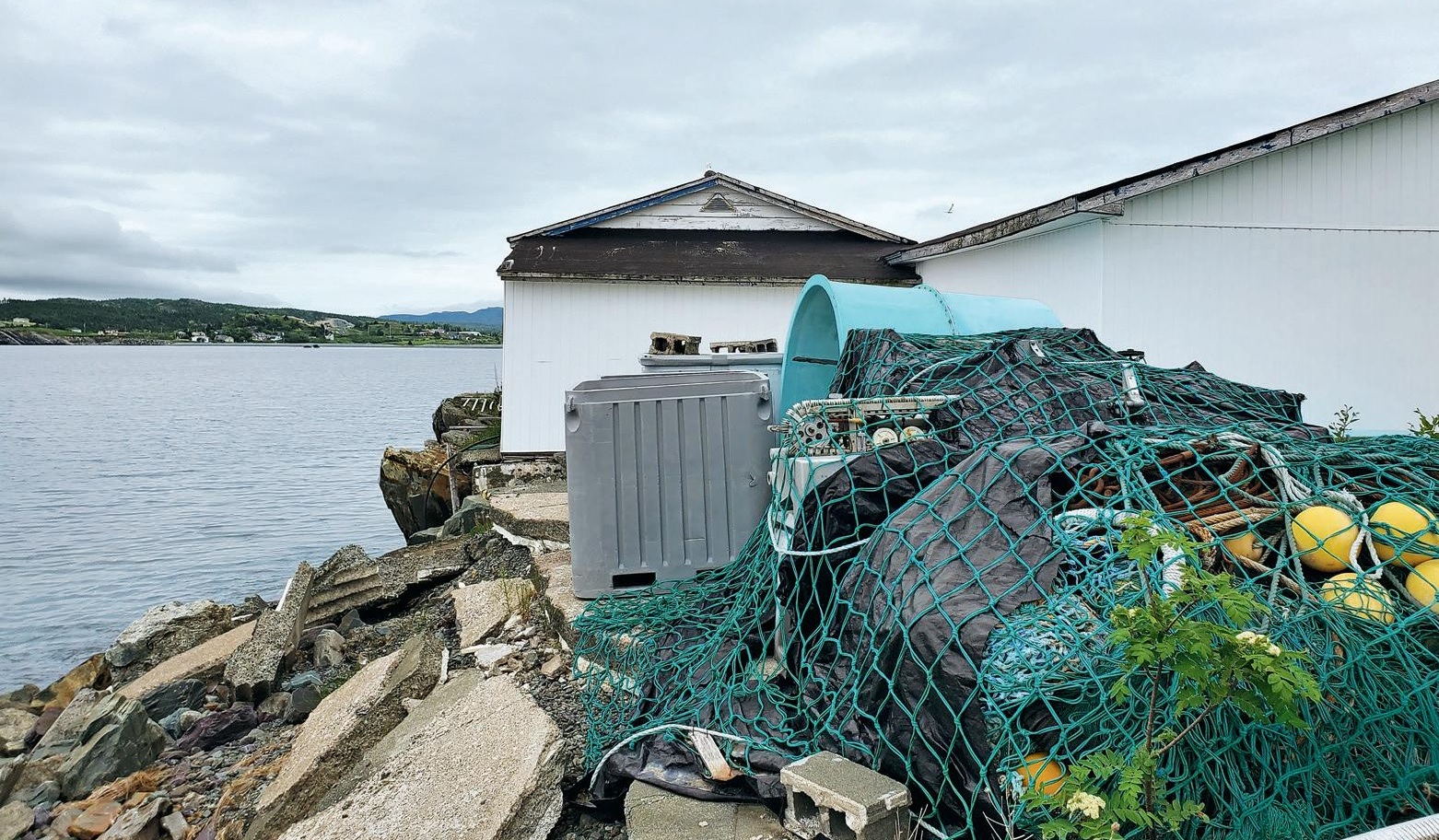THE LANDFILL OF THE FUTURE?

Waste management as imagined by Neal Stephenson, an American science-fiction author, in his 1995 novel The Diamond Age: Or, A Young Lady's Illustrated Primer, works like this: polluted air and water move through a series of tanks, slowly being purified along the way.
Between the tanks, hidden from view, grids of submicroscopic, burrlike wheels snag molecules of nitrogen, water, carbon, phosphorus and other useful elements. Once caught, these elements are sent into the next reservoir, and pollutants stay behind as residue. Finally, once all the grit and grime have been stripped away, the perfectly clean water, nitrogen gas and other valuable molecules are ready to be reconstituted using matter compilers-essentially 3-D printers.
In this way, the waste of the world, transformed molecule by molecule, can provide a boundless supply of food, clothing and practical goods.
While real-world initiatives exist to extract nutrients from wastewater, Stephenson's vision is largely fictional. But science fiction does have a history of predicting actual inventions. Stephenson himself coined the concept of the metaverse, a virtual-reality iteration of the internet that is now being pursued by the likes of Mark Zuckerberg.
Feminist Mary E. Bradley Lane wrote about lab-grown meat in 1880, and author H.G. Wells foresaw the atomic bomb. Time and time again, inventors have looked to science fiction as a source of inspiration. And on the island of Newfoundland's Northern Peninsula, a man named Ben Wiper is eyeing Stephenson's molecular-disassembly line as a kind of blueprint-at least philosophically speaking-for his own waste-management company.
この記事は Reader's Digest Canada の April 2023 版に掲載されています。
7 日間の Magzter GOLD 無料トライアルを開始して、何千もの厳選されたプレミアム ストーリー、9,500 以上の雑誌や新聞にアクセスしてください。
すでに購読者です ? サインイン
この記事は Reader's Digest Canada の April 2023 版に掲載されています。
7 日間の Magzter GOLD 無料トライアルを開始して、何千もの厳選されたプレミアム ストーリー、9,500 以上の雑誌や新聞にアクセスしてください。
すでに購読者です? サインイン
